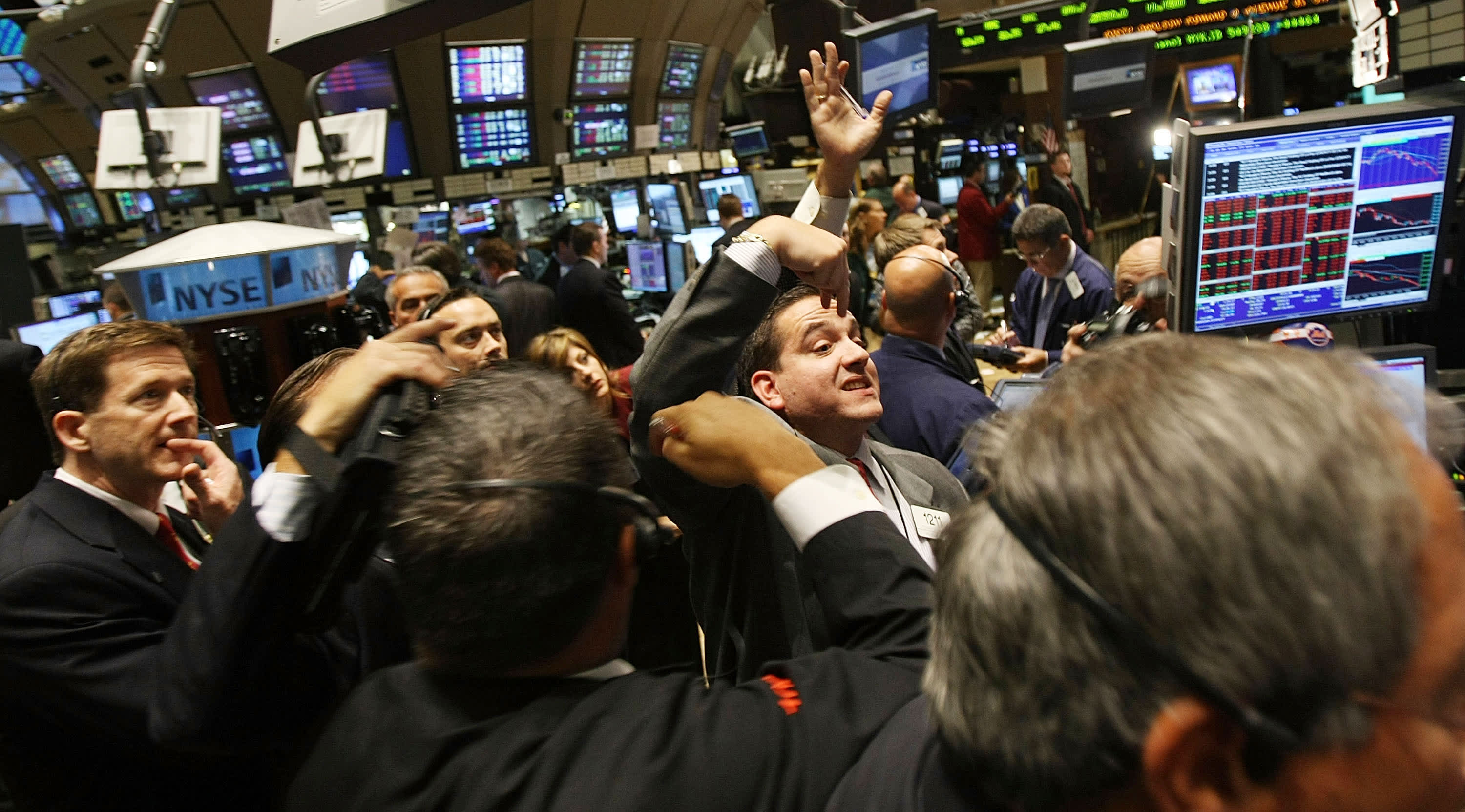
It’s official. The S & P 500 jumped on Friday to a new record , surpassing the record level set in January 2022. This all-time high confirms the bull market that started in October 2022 when the broad index hit a low of 3,577.03. Since then, the benchmark has rallied more than 34%. While the conventional wisdom holds a bull market is any gain greater than 20%, most market observers wait for a new high to be made before calling it an official bull market. That way it rules out any bear market bounces, which can sometimes tally more than 20%. If history is any indication, stocks could be in for even bigger gains ahead, data from CFRA Research shows. The index has surged 156% on average over the course of the typical bull market going back to 1947, with the median gain coming in at 101%. Bull markets on average last more than 1,700 days, or longer than four years, the data shows. The median length of a bull run is just north of 1,500 days. By comparison, the current run has lasted about 15 months, or under a year and a half, thus far. This milestone comes as investors grow optimistic that the Federal Reserve will cut interest rates later this year. That excitement has pushed stocks higher in recent months, overcoming some stalling seen at the start of the new trading year. “When you’re able to break through, especially after such a long period … it tends to mean you have momentum on your side,” said Art Hogan, chief market strategist at B. Riley Wealth Management. “Especially with such a rocky start to the year after a sprint into the close of last year, I think it certainly helps set up a more risk-on attitude for investors.” Performance in a bull market can vary. The longest bull run lasted between 2009 and 2020 — nearly 4,000 calendar days — with an overall gain of more than 400%. The shortest bull run on this list, which started when the index was just 14 points, was less than two years and resulted in a 22% advance. .SPX ALL mountain The S & P 500 all-time chart Friday’s all-time high at session end also snapped a period of 512 trading days without a record close, according to Bespoke Investment Group. There have been just five longer streaks without a new high at the conclusion of a trading day since 1952, data from the firm shows.








